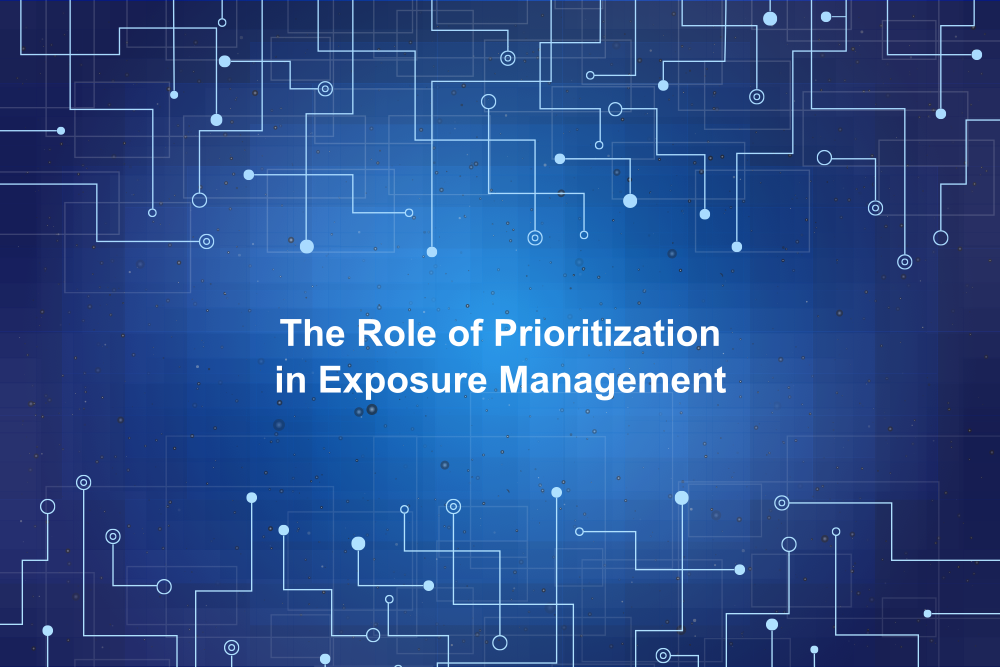In today’s rapidly evolving digital landscape, organizations are faced with an ever-growing number of cyber threats. As companies expand their digital footprint, the task of managing vulnerabilities becomes increasingly complex. To tackle these challenges effectively, exposure management programs are essential. At the heart of a successful exposure management strategy lies a critical process: prioritization. By using prioritization to bridge assessment and validation, organizations can address the most critical vulnerabilities first, ensuring a more robust and secure cybersecurity posture.
What is Exposure Management?
Exposure management refers to the continuous process of identifying, assessing, and mitigating risks posed by vulnerabilities in an organization’s digital assets. This includes everything from network systems to applications and data storage environments. While identifying vulnerabilities is important, managing them effectively requires a structured approach. Simply knowing that vulnerabilities exist isn’t enough. To respond efficiently, organizations must determine which vulnerabilities pose the greatest risk and address them in a timely manner. This is where prioritization becomes key.
The Importance of Prioritization in Exposure Management
Prioritization helps organizations cut through the noise of hundreds, if not thousands, of vulnerabilities that surface during regular assessments. Without an effective prioritization strategy, teams can become overwhelmed by the sheer volume of issues, resulting in misallocation of resources, delays in addressing critical vulnerabilities, and potential exposure to major cyber threats.
A modern exposure management program bridges the gap between the assessment phase—where vulnerabilities are discovered—and the validation phase—where those vulnerabilities are tested and fixed. Prioritization helps narrow the focus on what matters most, allowing security teams to address issues based on their potential impact, exploitability, and risk to the organization.
How Prioritization Works
In the context of exposure management, prioritization typically involves the use of automated tools to assess and rank vulnerabilities based on various factors. These factors may include:
1. Severity Level: How critical is the vulnerability? Is it a minor flaw or a major security loophole that could lead to data breaches, system compromise, or downtime?
2. Exploitability: Can attackers easily exploit the vulnerability, or does it require a more sophisticated attack? High-risk vulnerabilities are often those that are easy for attackers to exploit with publicly available tools.
3. Business Impact: Does the vulnerability affect key systems, sensitive data, or customer-facing applications? If exploited, would it result in significant financial losses, reputational damage, or legal consequences?
4. Current Threat Landscape: Is the vulnerability associated with an active exploit or a known attack that is currently being used by hackers in the wild?
By taking all of these factors into consideration, prioritization allows organizations to focus their limited resources on addressing the vulnerabilities that pose the greatest risk to their business.
Bridging Assessment and Validation with Prioritization
The vulnerability assessment phase is where organizations gain visibility into their weaknesses. However, once the vulnerabilities are identified, the next step is to test and validate them. This process ensures that vulnerabilities have been correctly identified and can be remediated or mitigated.
Prioritization plays a critical role in this stage because it ensures that validation efforts are focused on the highest-risk vulnerabilities. In essence, prioritization bridges the gap between assessment and validation by ensuring that the most dangerous vulnerabilities are acted on first, preventing a potential attack.
Click banner below to request demo Security Validation Platform






